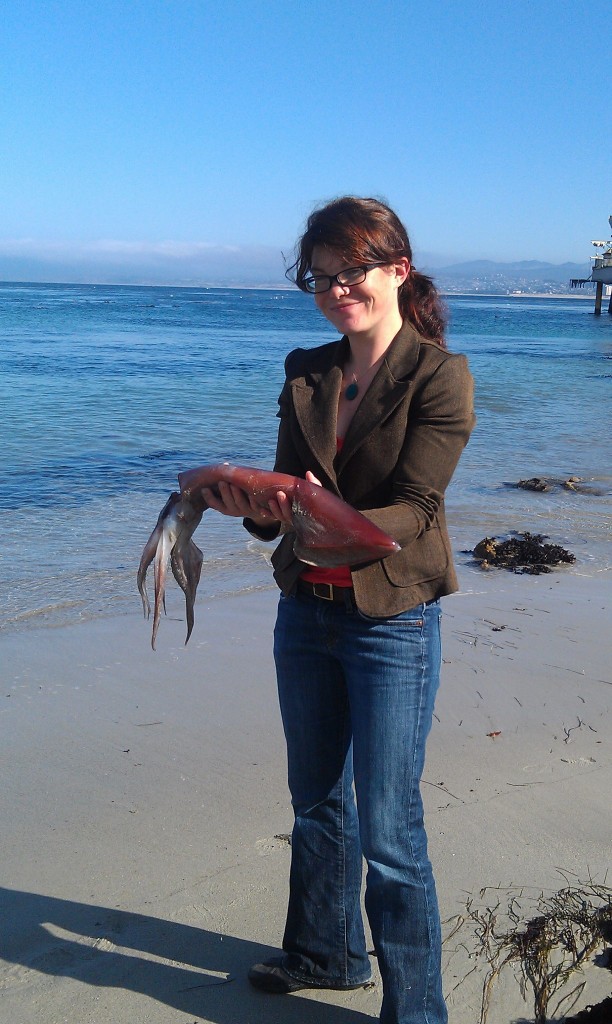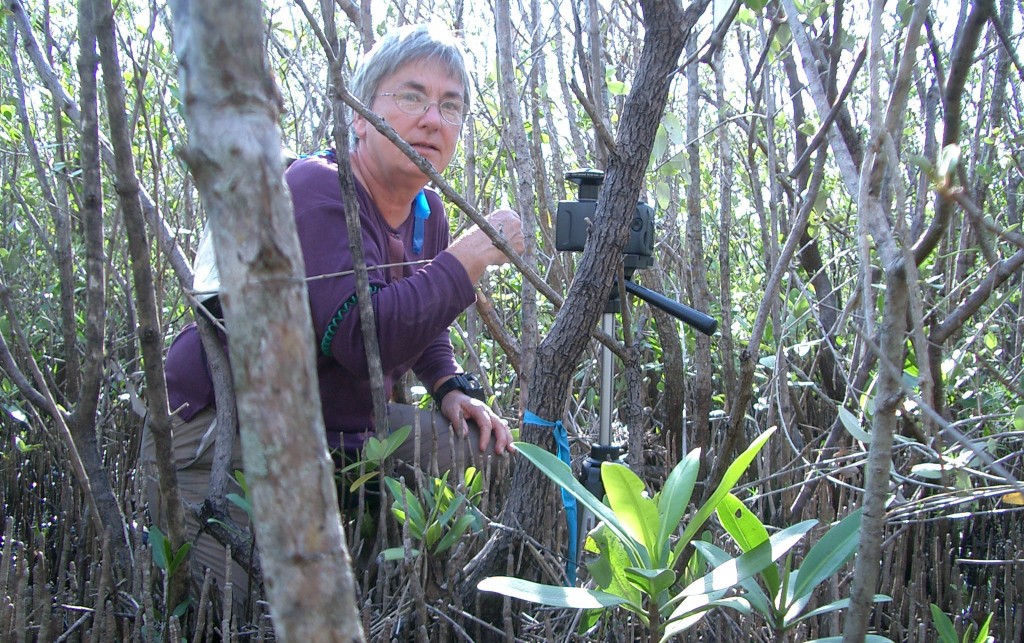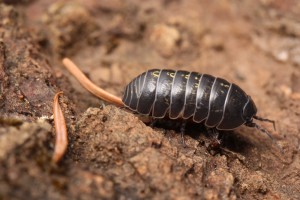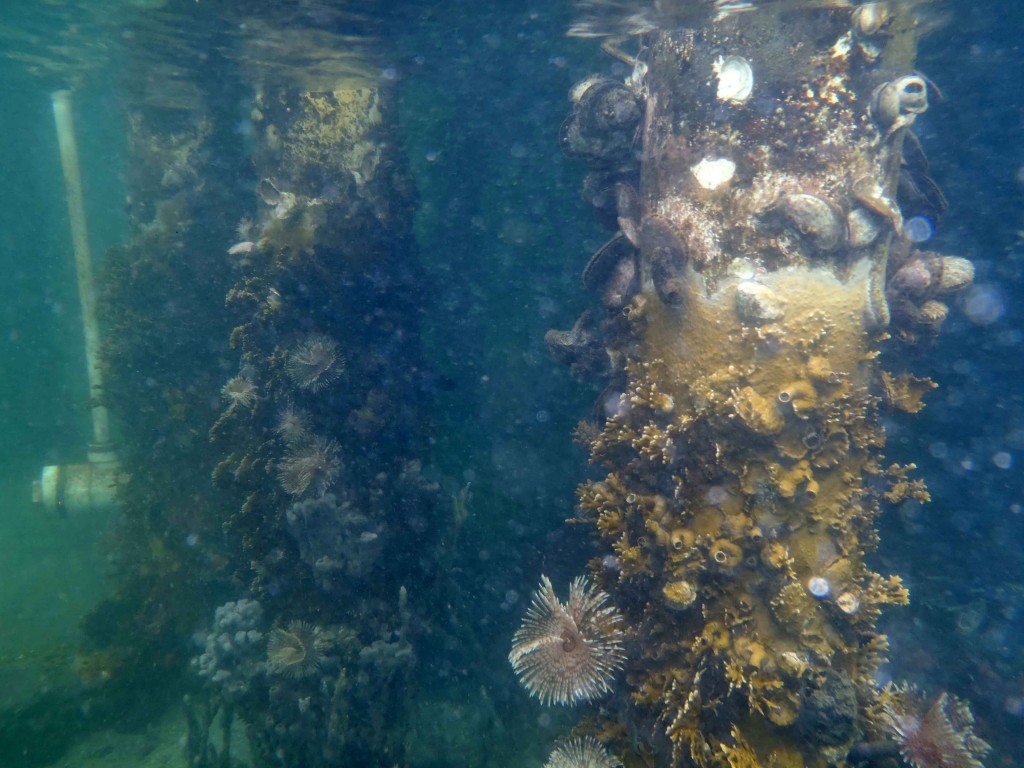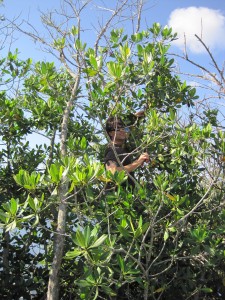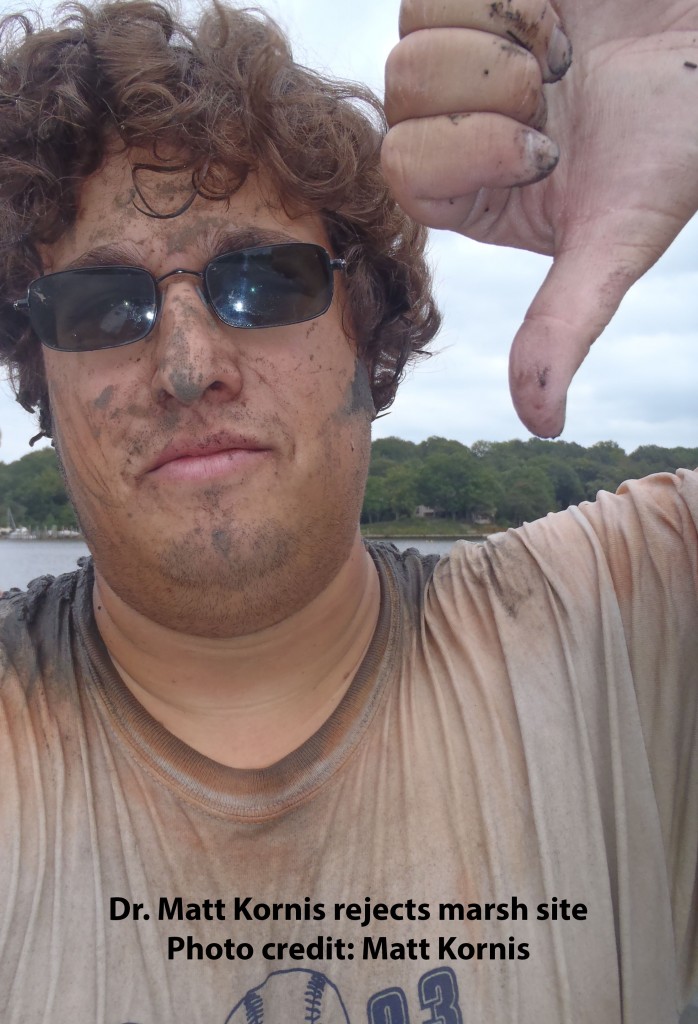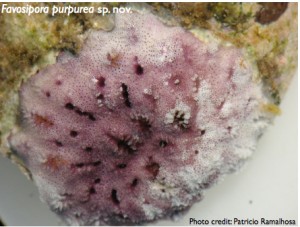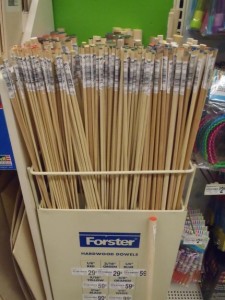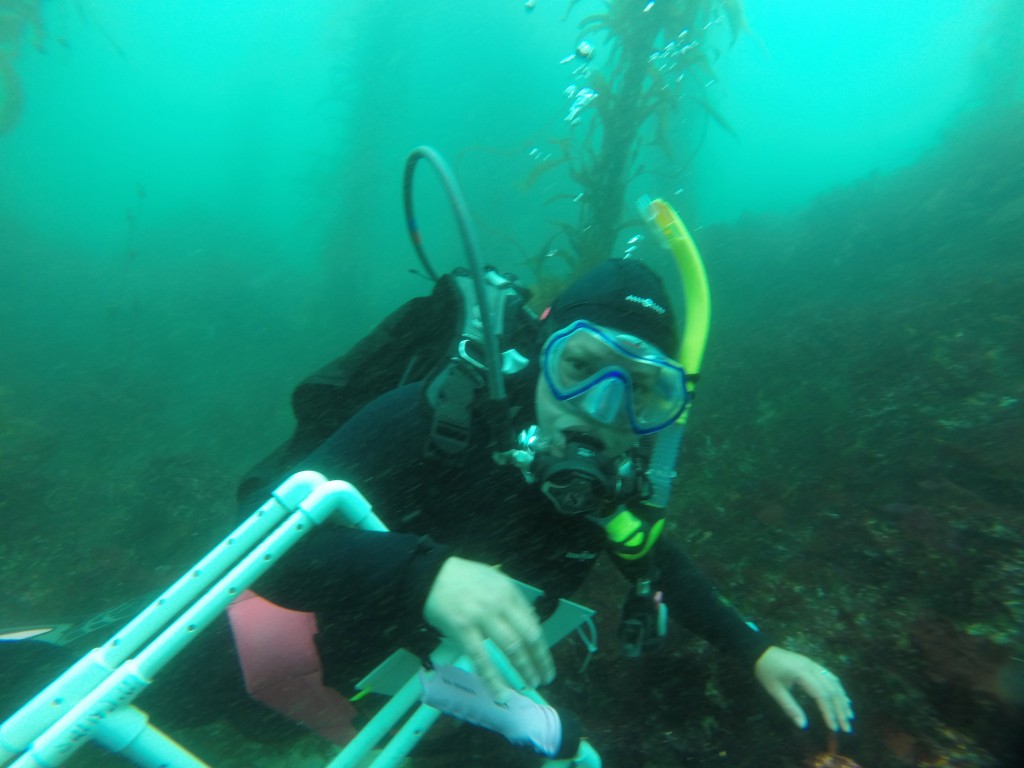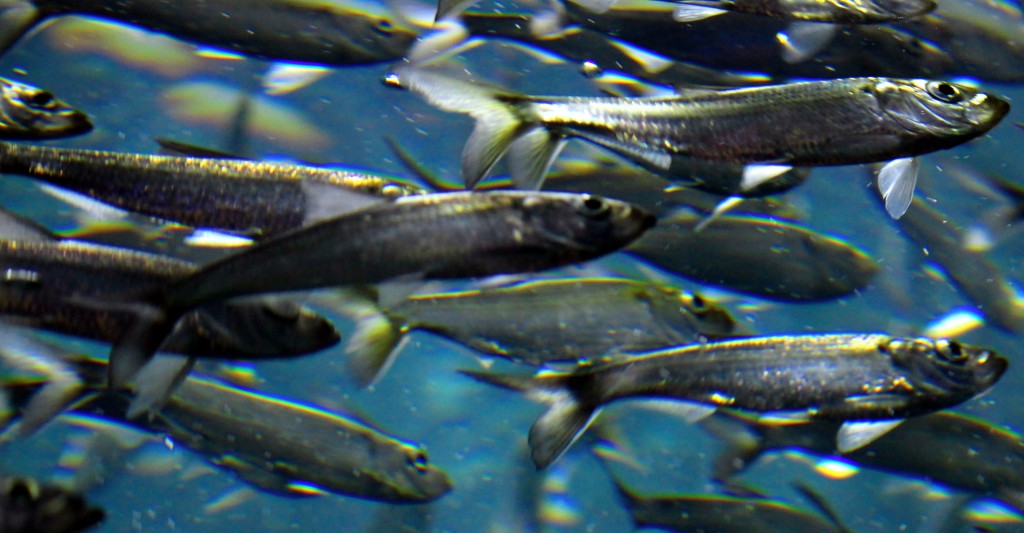by Chris Patrick
Before I was the science writing intern at the Smithsonian Environmental Research Center (SERC), I volunteered in SERC’s marine invasions lab sorting white-fingered mud crabs with Monaca Noble, researcher and public relations coordinator. The mud crabs are tiny, ranging from the size of a tick to the size of a quarter. They reek of preservative alcohol, and milky mittens glove their pincers. While sorting, I met Carolyn Tepolt, a postdoctoral fellow at SERC.
34-year-old Tepolt (which sounds like a fusion of “teapot” and “catapult”) offered me homemade lemon bars the day we met. Working together, we discovered we were both undergraduates at the College of William and Mary—we lived on the same floor of the same freshman hall 14 years apart. Tepolt visited the lab to learn the crab-sorting process because this summer she will use genetics to study how mud crabs are adapting to their parasite, Loxothylacus panopaei, or Loxo. Click to continue »

